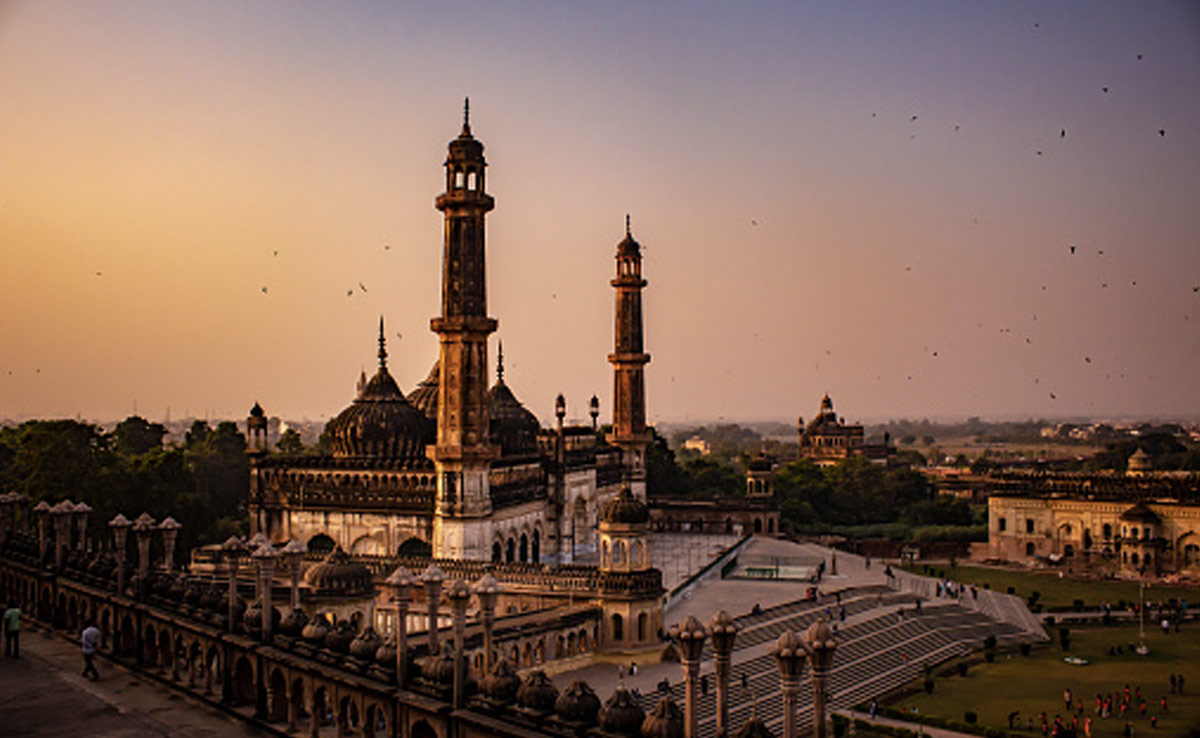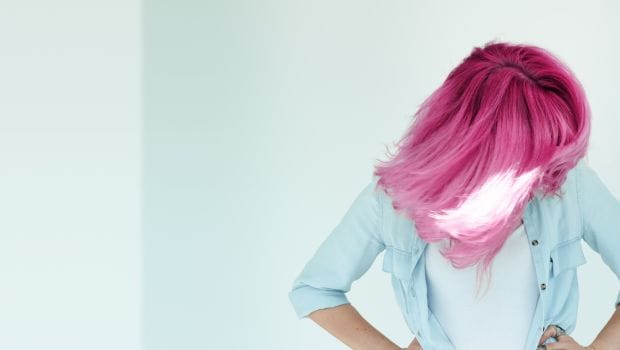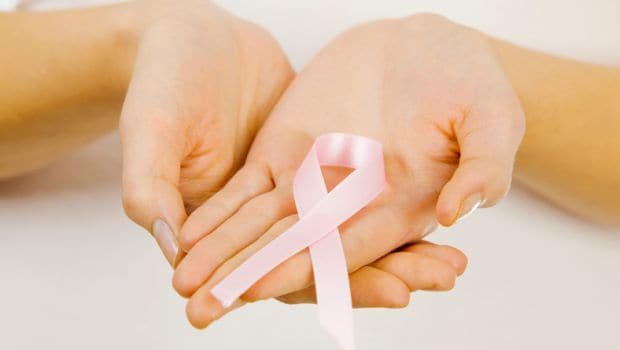There are certain times when we wake up one day and want a drastic change in our look. The hair of course becomes the number one feature to experiment on because it shows immediate effect. As such we go for innovative hair styles, hair colours, treatments, etc. While its good to get a transformation to make a style statement, it definitely shouldn't be at the expanse of harming your own health. Most of the commercial haircare products come loaded with harmful chemicals and dyes that can damage your hair in the long run, giving rise to hair fall issues, hair thinning and even balding. According to a recent study done by University of Helsinki in Finland and Finnish Cancer Registry, hair dyes may even increase risk of breast cancer!Bizzare as it may sound, but Researcher Sanna Heikkinen assessed the role of hair colours in causing breast cancers. Hormonal contraceptives were also found to be major contributors in upping the risk of breast cancer according to the study. The findings, based on the survey data from 8,000 breast cancer patients and 20,000 controls from Finland, suggested that the use of other hormonal contraceptives were associated with 32% higher breast cancer risk among younger women under 50 as compared to women who did not use any hormonal contraceptives.Heikkinen said, “The biggest risk factors in breast cancer include late age at first birth, using hair colour, high alcohol consumption and sedentary lifestyle.”
Also read: (Eating More Green Leafy Vegetables And Fruits May Prevent Cancer Risk)
The team also found a huge number of women going under opportunistic mammography, about 60% of responders reported that they had a mammography before the screening age of 50. Heikkinen noting the risk factors involved in opportunistic mammography said, ““Women should be more extensively informed of the harms of opportunistic mammography, such as accumulating radiation burden and the potential consequences of false positive or negative findings.”More than 60% of responders reported having had a mammography before the screening age of 50.
“Women should be more extensively informed of the harms of opportunistic mammography, such as accumulating radiation burden and the potential consequences of false positive or negative findings,” Heikkinen noted.
The team also found a huge number of women going under opportunistic mammography, about 60% of responders reported that they had a mammography before the screening age of 50. Heikkinen noting the risk factors involved in opportunistic mammography said, ““Women should be more extensively informed of the harms of opportunistic mammography, such as accumulating radiation burden and the potential consequences of false positive or negative findings.”More than 60% of responders reported having had a mammography before the screening age of 50.
“Women should be more extensively informed of the harms of opportunistic mammography, such as accumulating radiation burden and the potential consequences of false positive or negative findings,” Heikkinen noted.
Advertisement








